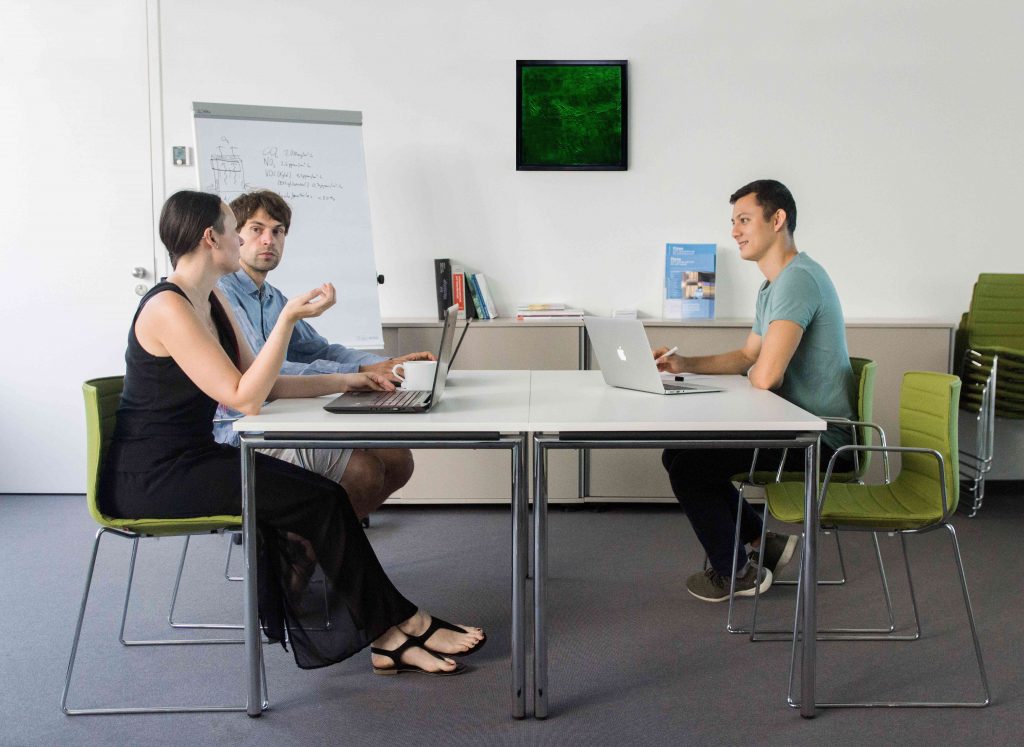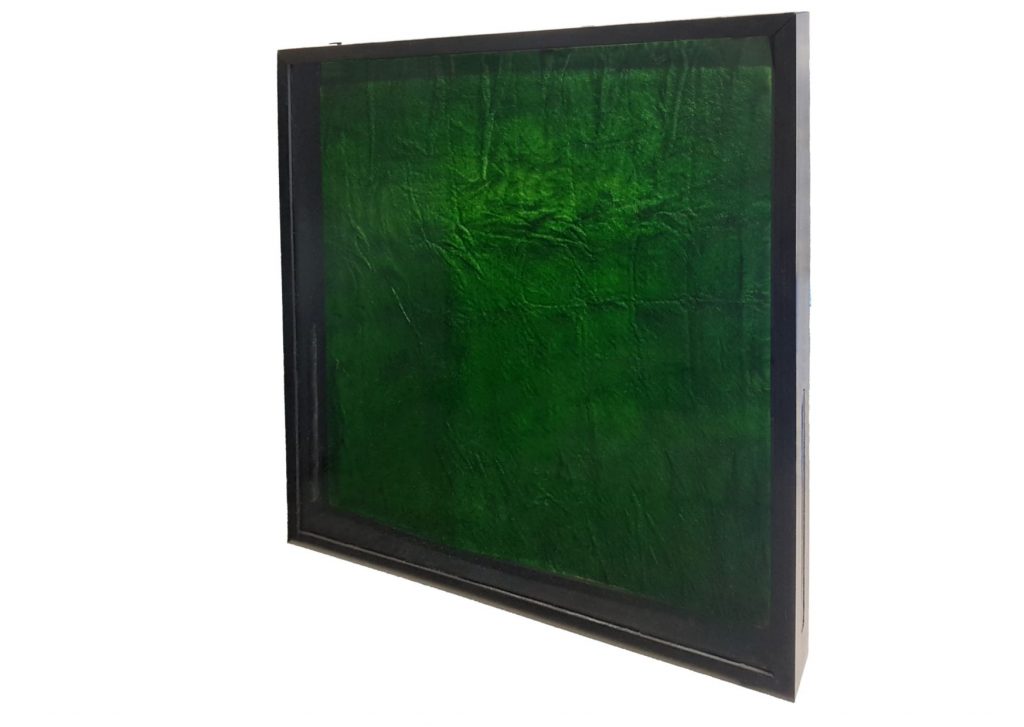
Product
Grünes Design: Alwe - Das Algenbild


Air filtration

No energy consumption

Low maintanance
Function
Alwe is an eco-efficient wall decor. The algae picture brings life to your wall - space-saving and easy to clean.
Alwe consists of a living microalgae biofilm, which acts as an air purifier and actively binds air pollutants and makes them harmless. Ventilation openings at the top and bottom integrate Alwe into the natural indoor air circulation.
Air pollutants are trapped on the moist surface of the biofilm of the microalgae. The bound pollutants are then deactivated and consumed by the immobilized microalgae.
ALWE has a water tank on the back which should be refilled once every 14 days.

FAQ
Where does the name Alwe come from?
The name "Alwe" is a hybrid of the purely descriptive term "algae wall" and the English emotional term "to awe". "Awe" refers to a feeling of amazement and admiration. By the fusion of both terms the neologism "Alwe" is created, which symbolically stands for our fascination for one of the oldest life forms of this planet - micro algae.
What are Alwe's measurements?
The current dimensions of our algae picture are 50x50x5cm.
How does Alwe improve air quality?
We already know that algae biofilms have very effective CO2 assimilation. All photosynthetic organisms have two metabolic pathways. On the one hand there is photosynthesis, in which CO2 is bound by light energy and oxygen is produced. On the other side is cell respiration, which metabolises the glucose built up as an energy carrier in darkness or low light. This process is also called respiration and releases CO2 when oxygen is consumed. The light intensity at which there is a balance between respiration and photosynthesis, i.e. exactly as much CO2 is bound as is released, is called the "light compensation point" in biology. Due to the adapted photosystems of microalgae biofilms, however, this point is lower than that of plants, so that even with weak light, CO2 fixation through photosynthesis still predominates. This makes microalgae biofilms more efficient than plants.
Where do I hang my Alwe most effectively?
Microalgae need light for their metabolism. For this reason, rooms in which the sun shines at least partially are best suited for our algae image.
Please avoid attaching Alwe to surfaces that are exposed to long periods of direct radiation. Too much natural light causes more water to evaporate and the microalgae photosystem may deteriorate. The result of this can be a gradual fading of the biofilm. If this happens, don't panic: Simply expose Alwe to a shady place and the biofilm should regenerate itself again over some time.
How much maintanance does Alwe require?
When designing Alwe, it was important to us to keep the handling and care of Alwe simple and manageable. Every Alwe picture has a small water tank that requires a refill approximately every two weeks.
Does the colour of Alwe change over time?
Yes, as a living algae image the algae adapt to the light conditions prevailing in the space it is placed. In a rather shady area the algae often takes on a deep green colour, as the microalgae accumulate more pigments to absorb light more effectively. In the semi-shade the microalgae need less pigment and generally become slightly lighter and fresh natural green colour.
In direct sunlight, there is an excess of energy in the algae. As a result, the algae may actively degrade their photo systems. The result is a colour change from light green to yellowish.
Microalgae need light for their metabolism. For this reason, rooms in which the sun shines at least partially are best suited for our algae image.
What are microalgae?
Microalgae are single-cell microorganisms that belong to the class of phototrophic organisms - i.e. carry out photosynthesis. This means that they, like plants, bind carbon dioxide with the aid of light and release oxygen. In our algae picture "Alwe" there are specially selected microalgae, which can be found in nature under stones. As a result, these organisms are adapted to effectively carry out photosynthesis even under very difficult light conditions, such as those found in our indoor spaces. For this purpose they have developed special photosystems which distinguish them from plants.
How long does a biofilm live?
Biofilms have not yet been researched in the long term because these materials are completely new. However, we have not yet seen any limitation in our R&D research. Some of our biofilms are already 3 years old and still healthy and above all productive. Since it is a living material, it is unfortunately not possible to make a general statement about it, since the lifespan of course also depends on the care and the local conditions. But as far as we know, our biofilms are very robust, so they are even suitable for those with little to no gardening experience.
Why are microalgae more effective than plants?
Interior lighting in particular differs greatly from natural light. Even with perceived bright interior lighting, photosynthetic active radiation is very low. With normal interior lighting, the red and violet components of the natural light required for photosynthesis are absent.
The microalgae biofilms we use have special pigments that allow you to use light outside the red and violet spectrum for photosynthesis. Furthermore, microalgae have no roots, leaves or trunks. Microalgae are metabolically more effective in the utilization of material flows. This makes them more effective than plants.
Can Alwe break and the microalgae spread?
Alwe is thoroughly checked for leaks before shipment. We can therefore guarantee that there are no leaks before hanging Alwe.
Our algae picture is very similar to a picture within a picture frame. This means that Alwe can break if applied incorrectly.
The algae used in the Alwe are natural and harmless. They are immobilised on a surface and can easily be collected and disposed of via bio bin or normal household waste.
Alwe has an artificial ecosystem that the microalgae need to live. Outside of Alwe, the microalgae are not viable and cannot spread or similar.
Are the microalgae safe?
All our carefully cultivated microalgae are organisms that belong to the so-called safety level 1. This describes organisms in which it is unlikely to have a negative effect on health. They are therefore neither dangerous
for animals, humans, plants or water and applicable without conditions. This same safety class also includes organisms from the food industry, such as yoghurt, baker's yeast or sauerkraut cultures.
Our biofilms are produced under sterile conditions. Only when the biofilms have formed their characteristic protective skin layer are they released by us for usage in the algae image "Alwe".

